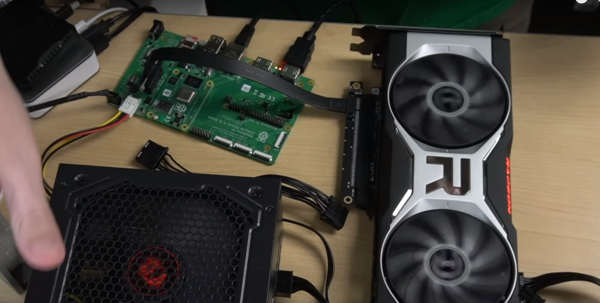As conspiracy theories go, one of the more plausible is that a cell phone could be running malicious firmware on its baseband processor, and be listening and transmitting data even when powered off. Nowadays, this sort of behavior is called a feature, at least if your phone is made by Apple, with their Find My functionality. Even with the phone off, the Bluetooth chip runs happily in a low-power state, making these features work. The problem is that this chip doesn’t do signed firmware. All it takes is root-level access to the phone’s primary OS to load a potentially malicious firmware image to the Bluetooth chip.
Researchers at TU Darmstadt in Germany demonstrated the approach, writing up a great paper on their work (PDF). There are a few really interesting possibilities this research suggests. The simplest is hijacking Apple’s Find My system to track someone with a powered down phone. The greater danger is that this could be used to keep surveillance malware on a device even through power cycles. Devices tend to be secured reasonably well against attacks from the outside network, and hardly at all from attacks originating on the chips themselves. Unfortunately, since unsigned firmware is a hardware limitation, a security update can’t do much to mitigate this, other than the normal efforts to prevent attackers compromising the OS.
Continue reading “This Week In Security: IPhone Unpowered, Python Unsandboxed, And Wizard Spider Unmasked”














